- Details
MDNR Report
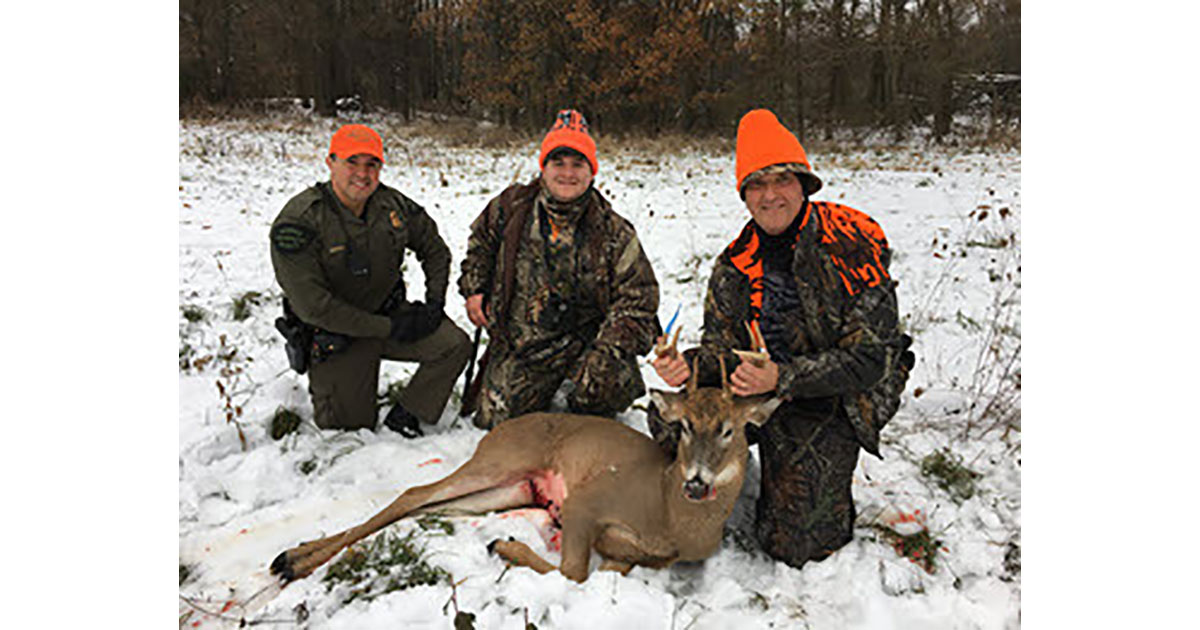 Michigan Department of Natural Resources conservation officers are sharing best practices for gun season
Michigan Department of Natural Resources conservation officers are sharing best practices for gun season
Firearm deer hunting season is right around the corner, and many hunters are busy scouting land, watching trail cameras and preparing equipment for opening day. To ensure a safe season, Michigan Department of Natural Resources conservation officers are sharing best practices and tips to avoid the most common violations and mistakes they see every year.
Here are 10 best practices for hunters to remember:
Properly tag your deer
Before field-dressing or moving a deer, kill tags must be filled out (including the month and date the deer was taken and the deer’s gender and number of antler points) and properly placed on the deer. Conservation officers often see the wrong kill tag on game – such as fish or turkey licenses on deer. Often, this is a simple mistake made in the dark and can be corrected by re-tagging the deer as soon as you notice the error.
Remember, too, that reporting your deer within 72 hours of harvest is just as important as tagging it. Everything hunters need to know is available on the DNR’s Hunt, Fish app.
Know your firearm and how it functions
- Details
By Louie Stout
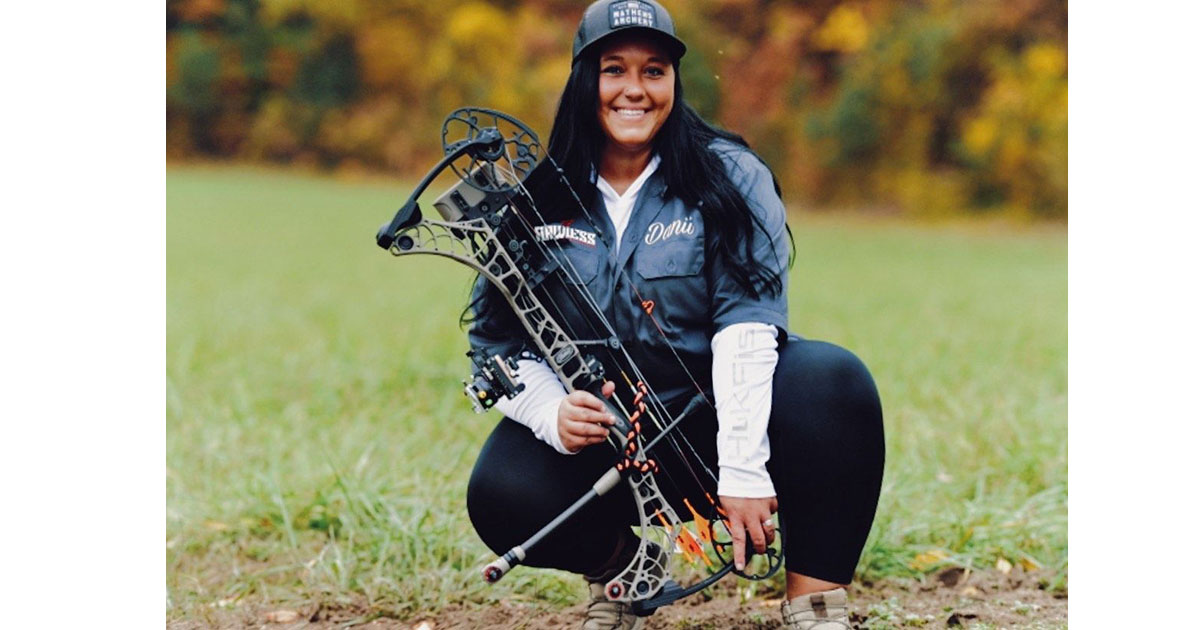 Danyelle Currier
Danyelle Currier
Danyelle Currier isn’t your stereotypical Michiana woman.
She’s a Middlebury, Ind. wife, mother and deer hunter. She’s a self-taught deer hunter who has had a passion for the outdoors since childhood.
And since November of last year, she has been owner of a deer attractant company that is turning the heads of deer hunters and the animals they are seeking.
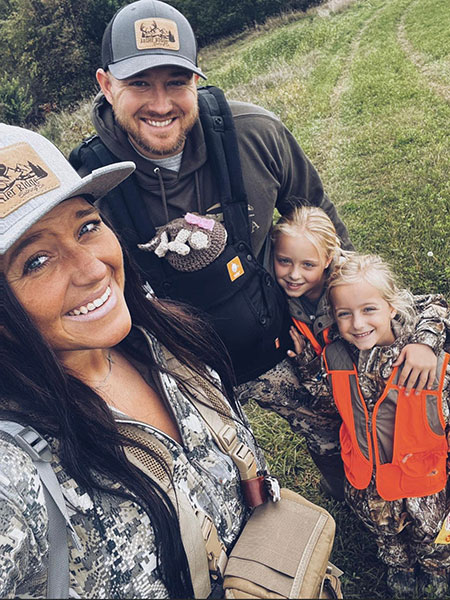 Hunting is a family affair for Currier’s immediate family
Hunting is a family affair for Currier’s immediate family
Prior to buying Flawless Whitetail, she was a pro staffer with the company. But the Missouri company was falling out of favor with hunters and she decided to take it over and turn it around.
And man, has she ever.
- Details
Traditions Media Report
,p style="text-align: center;">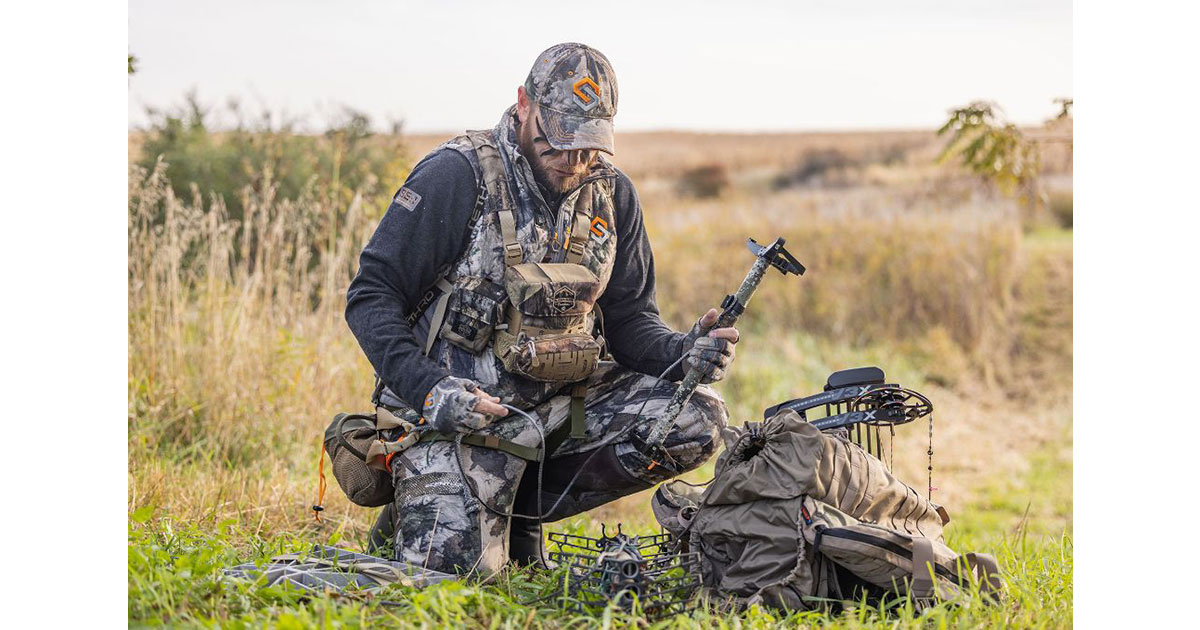 Justin Zarr - co-host of the popular bowhunting show “Bowhunt or Die”
Justin Zarr - co-host of the popular bowhunting show “Bowhunt or Die”Justin Zarr has been bowhunting for more than 30 years and has co-hosted the popular bowhunting show “Bowhunt or Die” since 2010. Zarr was one of the first hunters to create online-specific content and can speak extensively on how the hunting industry has changed over the past couple decades, especially innovations in the rich history of saddle hunting. Zarr lives in the NW suburbs of Chicago with his wife, three kids, and dog—but travels extensively to chase trophy whitetail deer, mule deer, elk, and antelope by bow.
Saddle Hunting is a method for hunting from a tree with a hunting saddle, a lineman’s belt or rock climbing harness clipped to a secure anchor on a tree. Some claim it is safer than standard tree stands and allows the hunter to be more mobile and have 360-degree shooting mobility.
There’s your preamble. Now let’s get into a discussion about saddle hunting.
- Details
MDNR Report
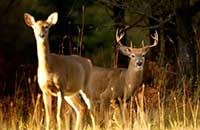 Michigan Deer
Michigan Deer
Southern Lower Peninsula
Deer remain abundant throughout much of the region. The winter of 2022 was relatively mild and didn't negatively impact deer in this region, yet again. In fact, the SLP is a deer herd that rarely experiences any overwinter mortality due to the abundance of summer food and the relatively mild winters. The summer of 2023 started with drought-like conditions throughout much of May and June. The slow growth at the start of the planting season may translate into a later crop harvest, which typically reduces hunter success due to the availability of more standing cover for deer. This is always something worth monitoring as we approach closer to the harvest season. The concern of Epizootic Hemorrhagic Disease (EHD), which is often associated with drought-like conditions, has been a discussion in deer circles for most of the summer. At the time of writing this report, no cases have been identified, though we are entering the peak time when reports are most likely to come in.
One change many in the SLP will notice is the changed regulations in 19 counties where antler point restrictions return on the second tag of the combination license. Data from last year's online harvest showed that the percentage of bucks killed with 4 points per side didn't differ between SLP counties with the 4-point restriction on the second tags (68.1% of bucks harvested had a 4-point-per-side rack) and those counties without the four-point restriction on the second tag (69.4% of bucks harvested had a 4-point-per-side rack). Essentially, we discovered that we had two regulations doing the same thing, so in the interest of simplicity, we placed the four-point restriction back on the second tag in 19 counties (Newaygo, Mecosta, Isabella, Midland, Muskegon, Ottawa, Kent, Montcalm, Gratiot, Ionia, Clinton, Shiawassee, Barry, Eaton, Ingham, Calhoun, Jackson, Hillsdale, and Lenawee). Combination license buyers who hunt throughout the SLP will have their first tag be unrestricted, while their second tag is dedicated towards a buck with 4 points per side. Of course, hunters can still harvest an antlerless deer on either of these tags during the archery, firearms, or muzzleloader season.
- Details
MLF Report
By CHAD STEWART, Deer, elk and moose management specialist Michigan Department of Natural Resources
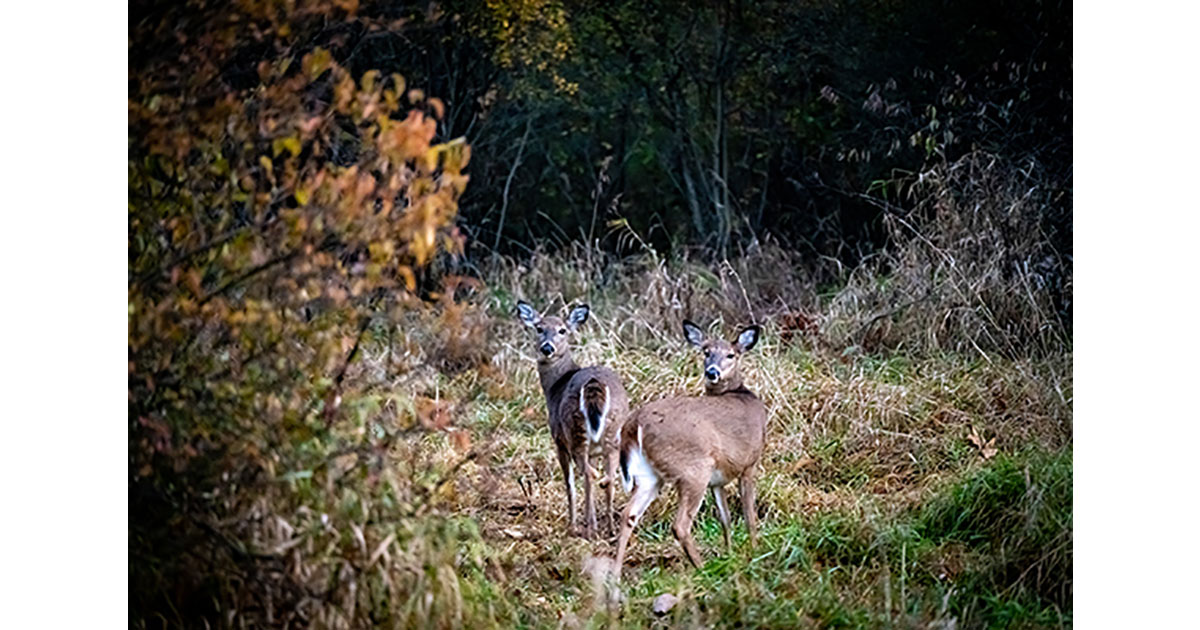 Deer herd
Deer herd
The 2023 Michigan deer hunting season is about ready to kick off, and we need to have some frank conversations about deer management in this state. Primarily, our deer seasons aren’t impacting our deer herd like many may think. If you are in the Lower Peninsula, we simply aren’t taking enough does during the season to control the growth of our deer herd in many areas.
Comparative harvest
Since 2000, do you know how many years we have harvested more antlerless deer than antlered deer in the state of Michigan? The answer is one. In 2009, we had an estimated antlerless harvest of 220,913 and an estimated antlered harvest of 215,104. Every other year in this century, we’ve taken more antlered deer than antlerless deer. If you make a quick comparison with the states around us, such as Illinois, Ohio, Indiana and Wisconsin, they all typically harvest between 8% to 25% more antlerless deer than they do antlered deer in a given year. Using those measures, we should be harvesting between 43,000 and 68,000 more antlerless deer in the Lower Peninsula alone!
While this sounds like a lot, keep in mind that the Lower Peninsula has about 40,000 square miles of land. While not every square mile is created equally, and some of those square miles won’t hold any deer due to intensive development or other factors that make the land unappealing to deer, one can see that such an increase in total harvest CAN be achievable, especially in areas where deer are abundant.




